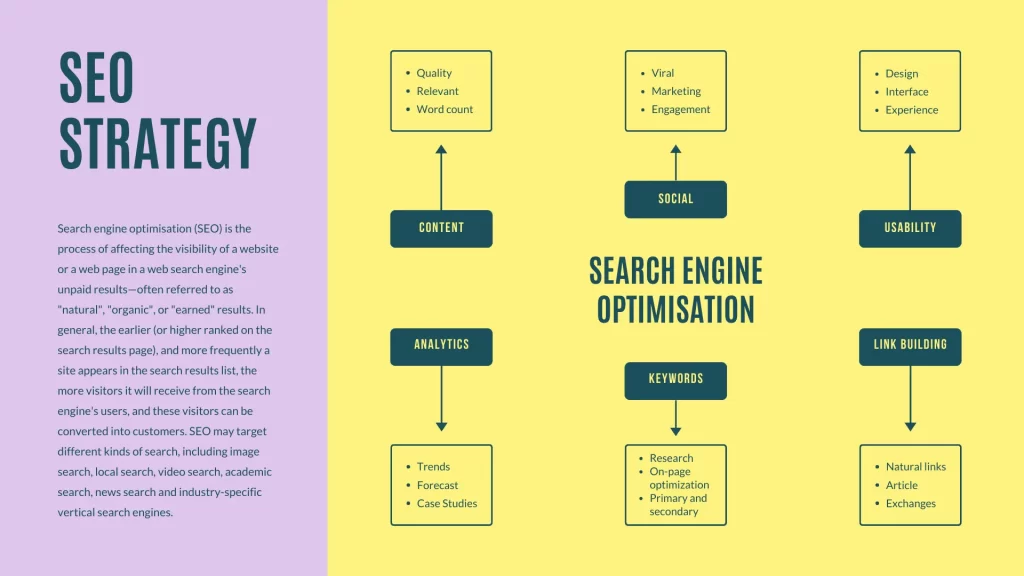SEO Analysis Competitor
Performing an SEO Analysis Competitor can provide invaluable insights into their strategies and strengths. By evaluating their keywords, backlinks, and content quality, you gain a clearer picture of what works in your industry. Understanding their SEO tactics allows you to refine your own approach, identify gaps, and capitalize on opportunities they may have missed. This proactive stance not only boosts your website’s visibility but also positions you strategically against competitors in search engine results.
Additionally, a competitor SEO analysis helps refine your content strategy. By identifying their top-performing content and areas where they lag behind, you can create more compelling and relevant content for your audience. Utilizing advanced tools and techniques, you can uncover hidden gems in your competitor’s strategy, ensuring your SEO efforts are aligned with current trends and user expectations. This approach not only enhances your search engine rankings but also strengthens your overall digital marketing strategy, driving sustained growth and engagement.
Introduction to SEO Analysis Competitor
In the fiercely competitive digital landscape, mastering SEO analysis competitor is essential for businesses seeking to thrive online. This comprehensive guide aims to unravel the intricacies of SEO analysis and demonstrate how it can be wielded effectively to outmaneuver competitors and dominate search engine rankings.
Understanding SEO Analysis and its Significance
SEO analysis entails the systematic examination of various aspects of a website’s performance, visibility, and optimization for search engines. It encompasses a range of techniques and tools aimed at identifying strengths, weaknesses, opportunities, and threats in the digital realm. In today’s hyper-competitive environment, conducting robust SEO analysis competitor is indispensable for staying ahead of the curve.

The Role of Competitor Analysis in SEO Strategy
Competitor analysis forms the cornerstone of a well-rounded SEO strategy. By scrutinizing the tactics, keywords, backlinks, and content strategies of competitors, businesses can gain invaluable insights into industry trends, customer preferences, and areas ripe for exploitation. SEO analysis competitor provides a roadmap for aligning strategies, seizing opportunities, and differentiating oneself in the market.
Key Components of SEO Analysis Competitor
Effective SEO analysis competitor encompasses several key components:
4.1. Keyword Research and Competitor Analysis: Identifying and analyzing competitor keywords is crucial for understanding their targeting strategies, uncovering lucrative opportunities, and refining one’s own keyword strategy to gain a competitive edge.
4.2. Backlink Analysis and Competitor Benchmarking: Evaluating competitors’ backlink profiles helps identify high-quality link opportunities, assess domain authority, and benchmark performance against industry rivals.
4.3. Content Gap Analysis and Competitor Insights: Analyzing content gaps between one’s own website and competitors reveals untapped topics, trends, and opportunities for creating unique, valuable content that resonates with target audiences.
4.4. Technical SEO Audit and Competitor Comparison: Assessing technical aspects such as site speed, mobile-friendliness, and site architecture enables businesses to identify areas for improvement and stay ahead of competitors in terms of user experience and search engine rankings.
Tools for Conducting SEO Analysis Competitor
A plethora of tools are available to facilitate SEO analysis competitor, including SEMrush, Ahrefs, Moz, SpyFu, and SimilarWeb. These tools offer comprehensive insights, data, and analytics to inform competitive strategies and optimize performance.

Strategies for Leveraging SEO Analysis to Outperform Competitors
Armed with insights from SEO analysis competitor, businesses can deploy several strategies to gain a competitive edge:
- Develop targeted content addressing identified gaps and opportunities.
- Strengthen link-building efforts by capitalizing on competitor insights.
- Optimize website structure, performance, and user experience based on technical audit findings.
- Stay agile and adapt strategies based on ongoing competitor monitoring and analysis.
Case Studies: Successful Implementation of SEO Analysis Competitor
Exploring real-world examples of businesses that have leveraged SEO analysis competitor to achieve success provides valuable insights and inspiration for implementing similar strategies.
Overcoming Challenges in SEO Analysis Competitor
Challenges in SEO analysis competitor may include accurately interpreting data, staying abreast of industry developments, and overcoming resource constraints. However, with a strategic approach, dedication, and the right tools, businesses can overcome these challenges and reap the rewards of informed competitive analysis.
Future Trends in SEO Analysis Competitor
As technology evolves and consumer behavior shifts, the landscape of SEO analysis competitor will continue to evolve. Embracing emerging trends such as artificial intelligence, voice search optimization, and predictive analytics will be key to staying ahead in the competitive digital arena.
SEO analysis competitor is a vital component of a successful digital strategy. By understanding the significance of competitive analysis, leveraging the right tools and techniques, and staying proactive in monitoring and adapting to industry trends, businesses can gain a competitive edge, outmaneuver rivals, and achieve sustained success in the ever-evolving world of digital marketing. This guide serves as a roadmap for navigating the complexities of competitive analysis and harnessing its power to drive growth and dominance in the digital landscape.
